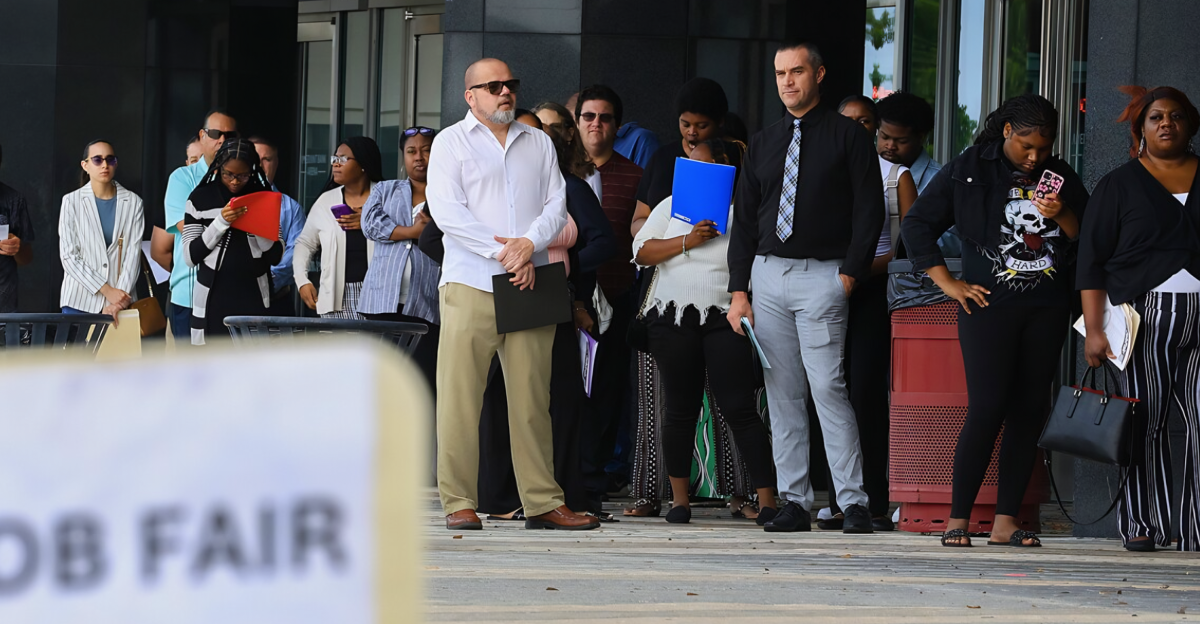
Los Angeles is at a turning point as its unemployment rate rises above 5.4%, surpassing national averages and tying for the highest in the nation. This sudden increase is part of a troubling chorus: Southern California’s business confidence has plummeted to its lowest level since the pandemic.
A turning point with significant effects on spending, inflation, and even public morale is marked by the combination of growing unemployment and declining confidence. This economic dynamic is not unique; it is entwined with changing global trends and demographic patterns, making Los Angeles a predictor of other urban areas. It is crucial to comprehend this fundamental idea because it frames the complex issue that businesses, legislators, and residents all face.
Historical Trends and Present-Day Disparities
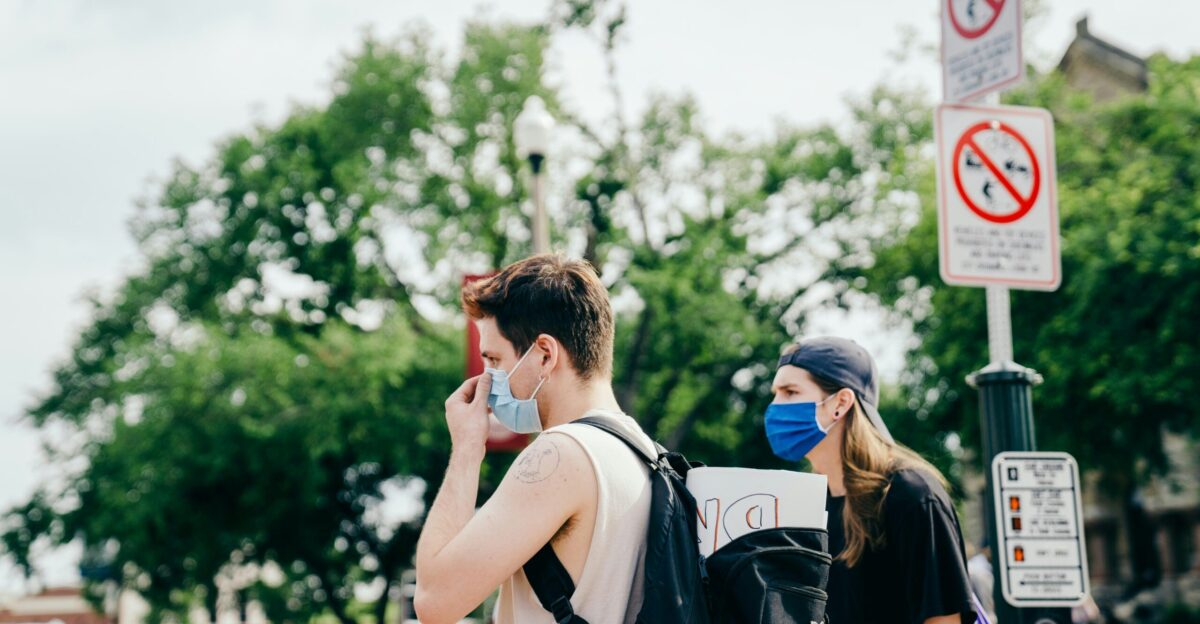
Los Angeles has experienced waves of unemployment in the past, post-recession periods such as the early 1990s, the Great Recession’s aftermath, and the COVID-19 crash all saw recoveries driven by resilient businesses and consumers. Real estate booms, technological advancements, or timely stimulus drove each previous recovery, which swiftly restored confidence. However, recovery falters in 2025.
A fundamental structural weakness is indicated by this divergence: complex tax structures, labor market shifts, and entrenched costs that threaten established recovery engines. Instead of a traditional rebound, shoppers experience a more prolonged and psychologically taxing grind, which causes them to behave more conservatively and have more cautious expectations.
Customers Experience Their First Shock
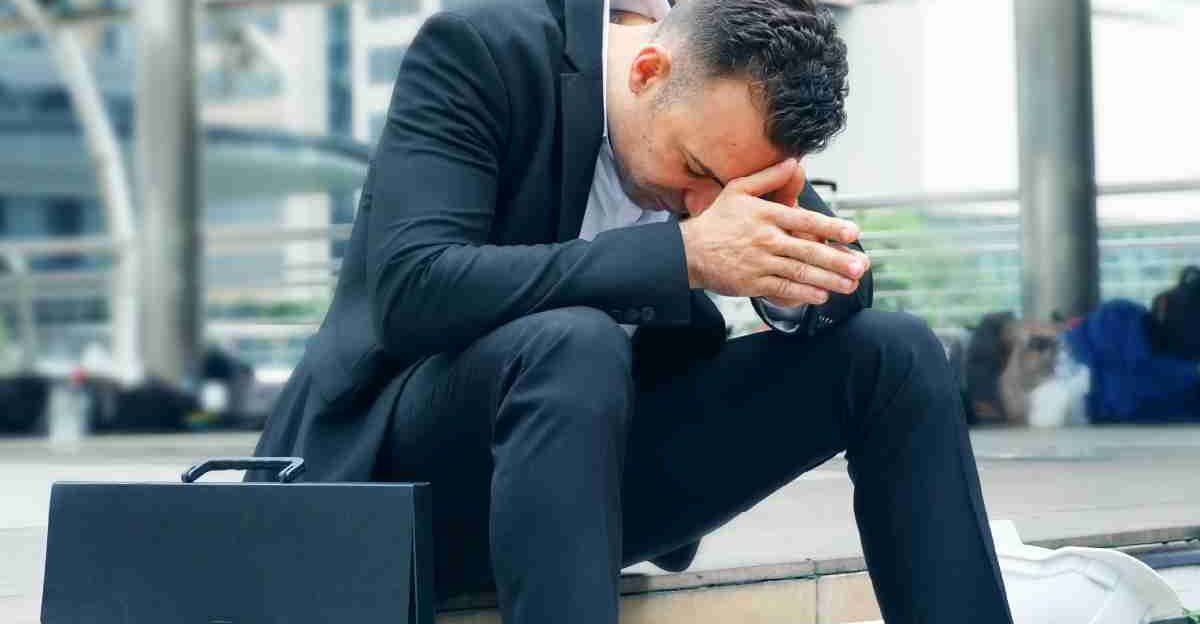
There is a clear and harsh correlation between consumer behavior and job losses. Tens of thousands fewer paychecks result from the increase in LA unemployment, and those who are still employed frequently take preventative measures in anticipation of layoffs by reducing discretionary spending or delaying large purchases.
Price sensitivity rises in this environment, brand loyalty declines, and discounting emerges as the new front in the fight for consumers’ attention. Crucially, these changes are not uniform; the demand for necessities is more stable, while luxury goods are frequently more negatively impacted. But as families cut back on spending, even necessities are under pressure.
Collapse of New Business Formation
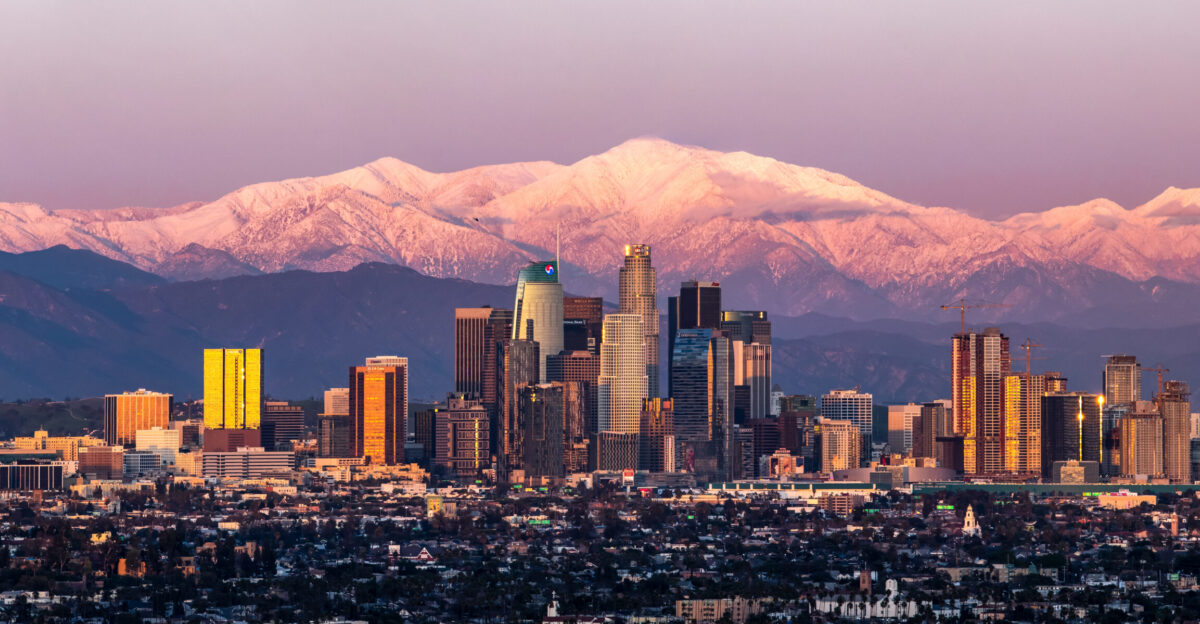
The lack of new business creation, which is the foundation for future employment and consumer preferences, is one of the reasons why LA’s economy is struggling. New business licenses decreased 7.4% in 2024 compared to the previous year and were cut in half from a decade earlier, indicating a decline in the confidence of entrepreneurs.
Crucially, this drop in company formation concentrates risks in already-existing businesses, many of which find it difficult to grow or adapt in more challenging environments. Particularly in historically bustling corridors like Downtown LA or the fashion district, fewer new businesses translate into less innovation and less competition, which in turn results in higher prices, a more limited selection of products, and a stifled retail climate.
A Few Purchasers Gain

Casting every customer as a casualty is alluring, but it undermines birth contrarian winners. As consumers “trade down,” or look for the best value for their money, dollar stores, discount grocers, and resale shops are seeing booms. Warehouse clubs and online marketplaces gain market share despite malls’ struggles by cutting prices and quickly adjusting to changing consumer preferences.
Companies with lean, tech-driven models, such as online stores and quick delivery platforms, actually increase their dominance due to ongoing regulatory and tax pressures, which further change local shopping habits. Traditional retail faces challenges as a result of this evolution, including shifting consumer attitudes, cost structures, and demographics.
Cautionary Psychology (& Its Feedback Loops)
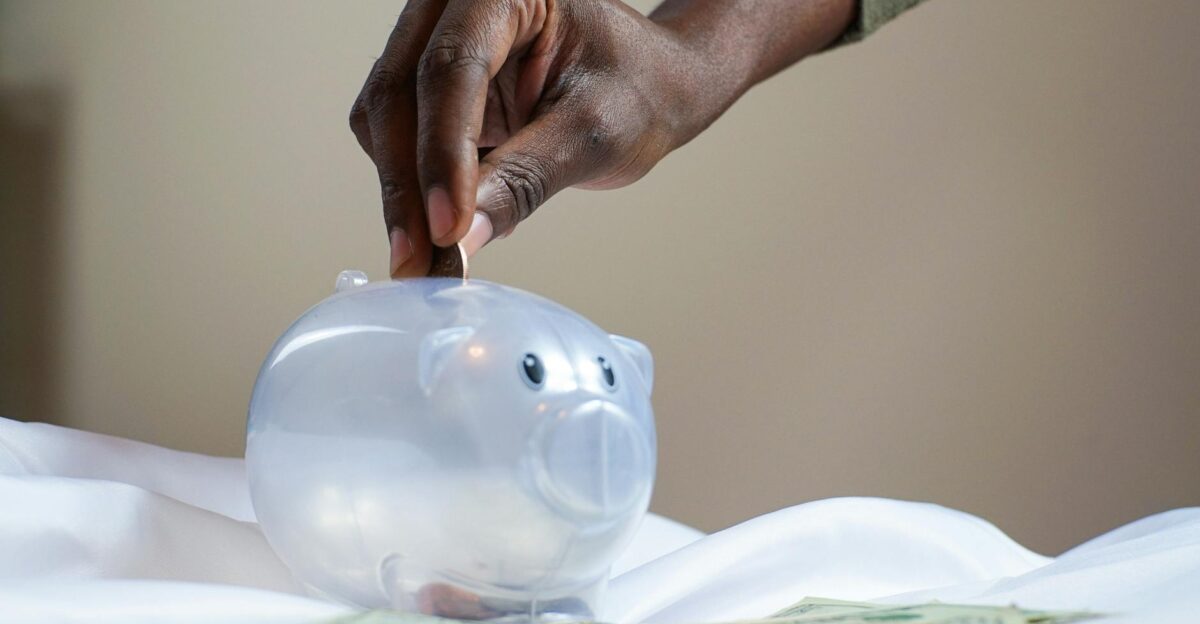
Not only are the LA consumers spending less, but they also feel less safe. According to surveys, consumer confidence declines in tandem with an increase in unemployment and a hostile business climate. Families start saving money, putting off non-essential repairs, and choosing budget brands over luxury ones.
From first-time home-buyers to renters and families with children, this cumulative caution runs the risk of immobilizing entire consumer segments. The social component is also significant; growing stress about finances and employment opportunities exacerbates mental health issues, lowers community involvement, and curtails cultural leisure, which has traditionally supported local economies. For an intervention to be effective, it is essential to comprehend these feedback loops.
Urban Life and Social Stress
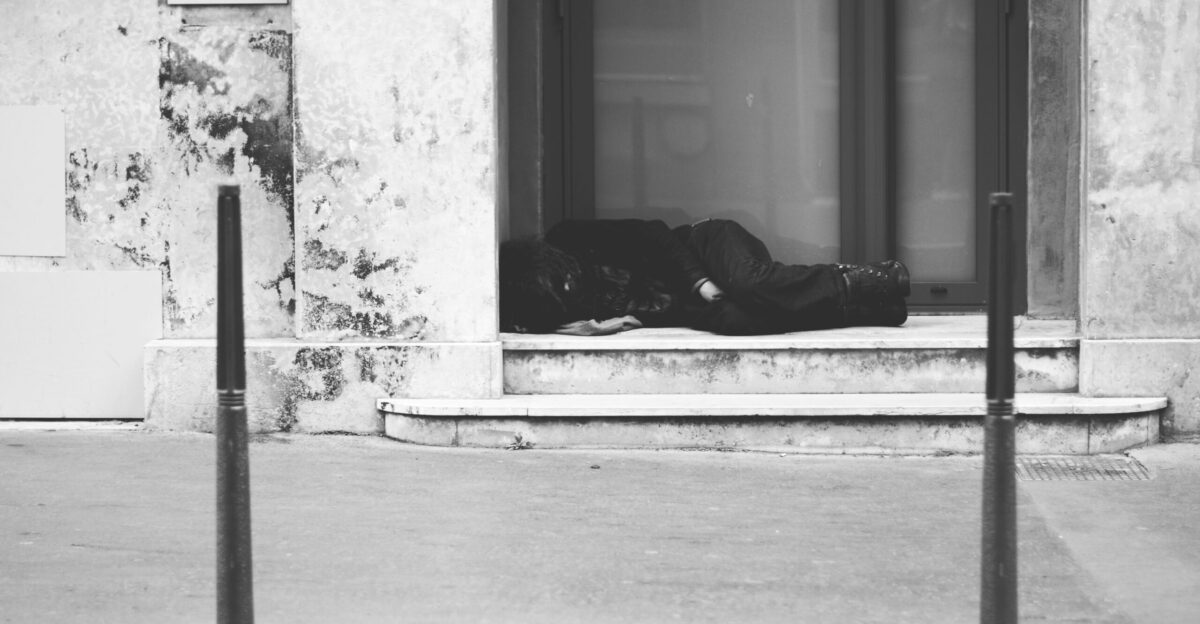
Beyond the cash register, a high unemployment rate and damaged business confidence have repercussions. Increased homelessness, crime, and apparent poverty, all of which discourage foot traffic and tourists, are frequently predicted by high unemployment in Los Angeles.
As thriving street life and local business wane, this segregation exacerbates injustices and impedes the local economy’s recovery. Investor confidence and quality of life are impacted as the urban fabric becomes strained. In the end, the problem speaks to larger social concerns about inequality, which puts more pressure on social service agencies and city planners to come up with creative, neighborhood-focused solutions.
Who Is Most Affected?
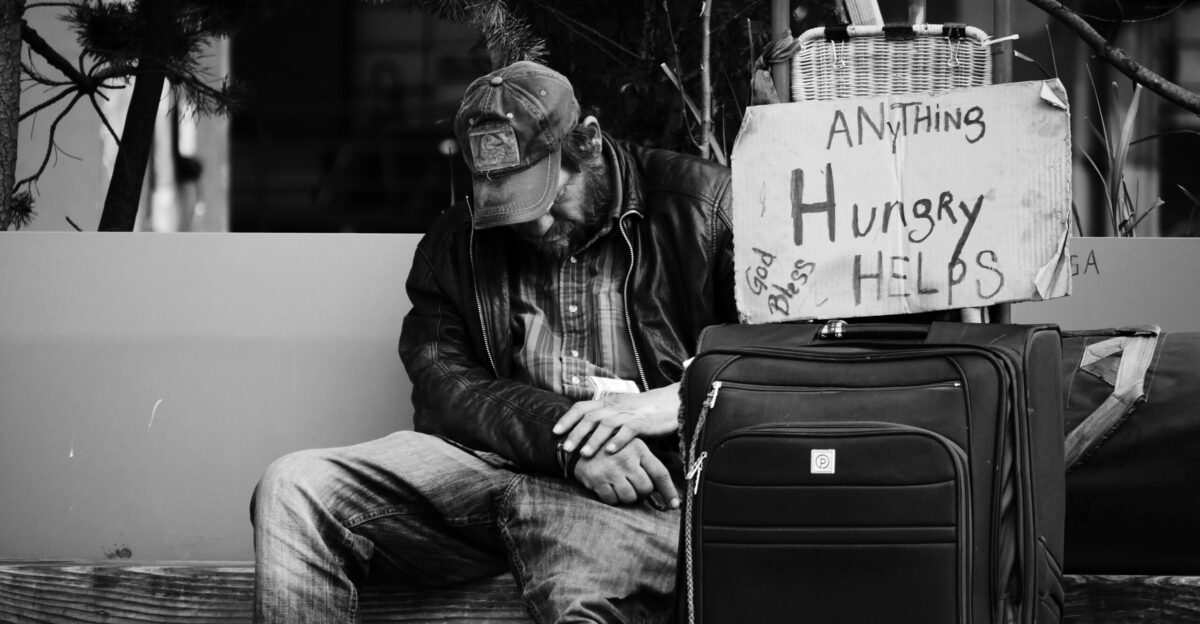
The effects of a declining labor market are not equally distributed. LA’s youth and minority unemployment rate has skyrocketed, with communities of color disproportionately affected by teen unemployment, which averages more than 20% annually. The industries that have been hardest hit historically are retail, hospitality, and entry-level services, which exacerbates structural economic disparities.
Store closures and the expansion of food deserts in areas already struggling with under-investment exacerbate cycles of deprivation and restrict access to reasonably priced, healthful options. The social repercussions are severe, perpetuating long-term poverty traps, widening educational gaps, and raising family stress levels.
The Playbook of History and New Frontiers as Solutions

Platitudes alone won’t solve this dynamic. Coordinated stimulus, focused retraining, and urban reinvestment were the main drivers of previous LA turnarounds. Policymakers today need to be even more committed to cutting red tape, encouraging the establishment of new businesses, and funding education for developing industries like technology and the green sector.
Reviving job growth can be accelerated by public-private sector partnerships that finance apprenticeships and support startups. A more robust consumer ecosystem can also be established by implementing sustainable urban planning and making infrastructure upgrades that support economic objectives. Re-imagining LA’s economic future will require utilizing its creative economy and cultural diversity.
The Dangers of Long-Term Uncertainty
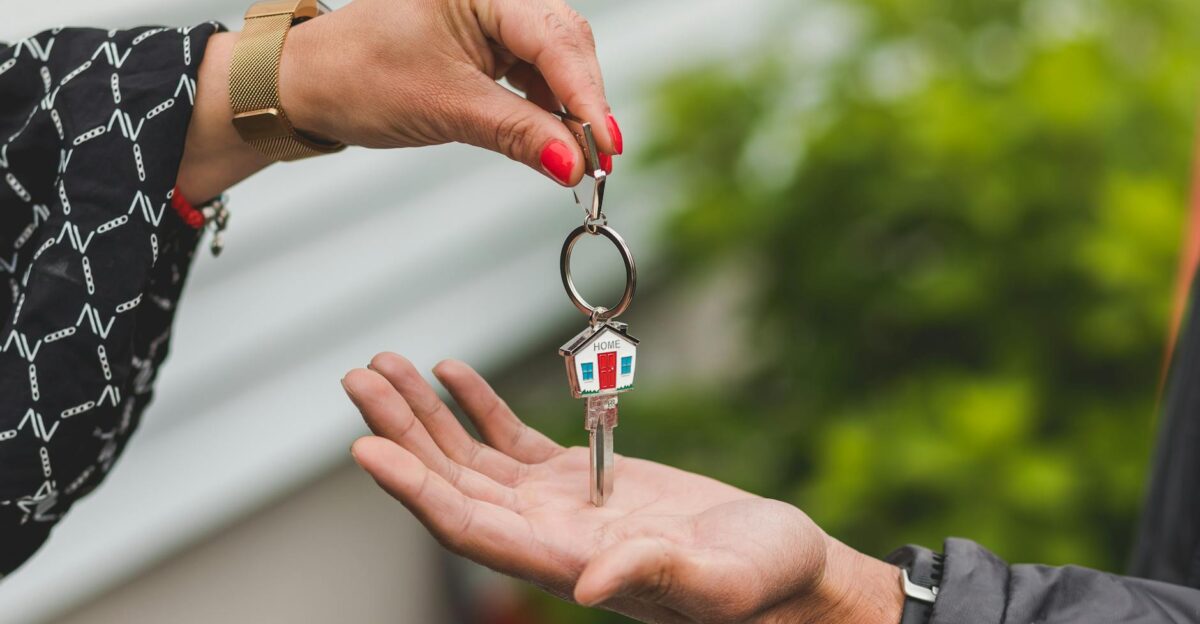
Uncertainty persists as long as the unemployment rate is high and businesses continue to be afraid. Families postpone life events like marriage, home ownership, and childrearing, which can eventually lead to population stagnation as younger Angelenos migrate elsewhere in search of better opportunities.
Once ingrained, this latent risk of generational disengagement and societal drift is more challenging to reverse. Beyond economics, uncertainty makes governance and social cohesion more difficult by undermining civic engagement and institutional trust. LA runs the risk of lagging behind other metro areas that handle recovery more skillfully as competition for talent and investment grows on a global scale.
A Case Study of the Declining Shopping Center
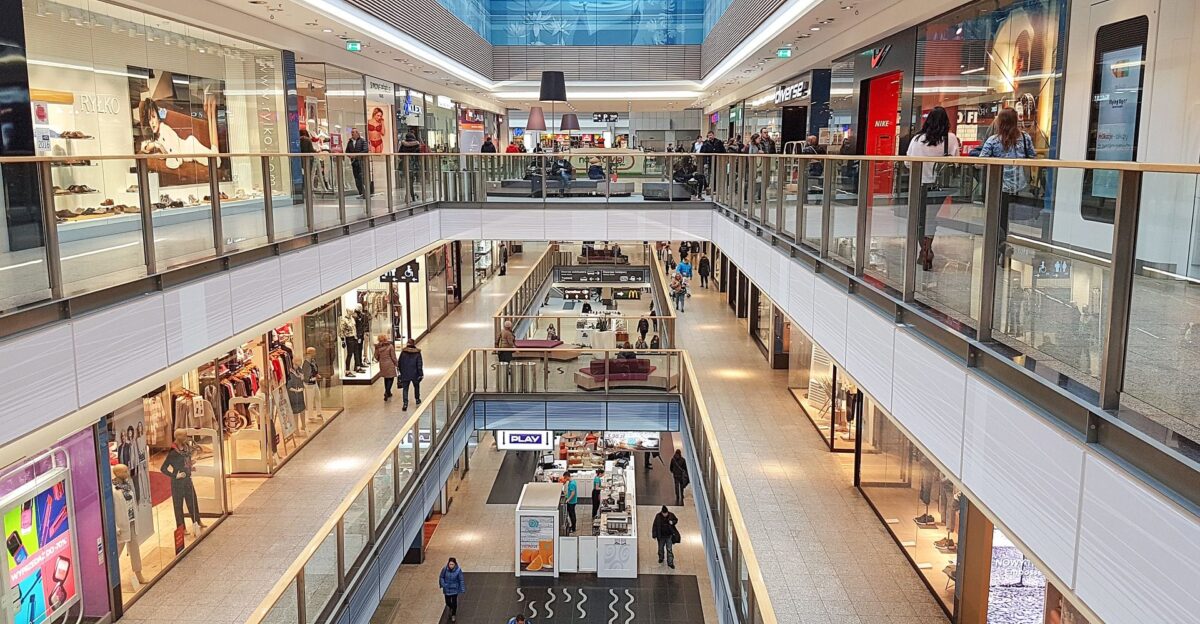
Once a representation of postwar optimism and suburban aspiration, LA’s famous shopping malls now represent decline due to pressure from the labor market. Anchor tenants reduce or shut down as unemployment rises, which has a cascading effect on smaller stores and service providers. A clear warning sign is the rising number of empty stores across the county, which is similar to what inner Detroit or Cleveland went through in previous decades.
These areas could be revitalized as community centers through redevelopment projects that include housing, entertainment, and green spaces. In order to adapt to the new realities of the consumer, the decline forces businesses, investors, and city planners to think outside the box and incorporate essential and experiential services. The mall’s demise is a microcosm of more significant changes in the economy.
Conflicting Information: Why Statistics Are Insufficient on Their Own

Statistics can conceal the unrest in LA. The underemployment rate, those who work part-time due to a lack of full-time opportunities or leave the labor force entirely, paints a much more stark picture than the headline unemployment rate, which may seem pretty stable.
Social welfare, income inequality, and the paths of economic recovery are all impacted by labor market nuances. Policy responses run the risk of being misaligned, favoring some groups while leaving others behind, if nuanced understanding is not obtained. Adding qualitative information from nonprofit observations and community feedback enhances the picture and makes comprehensive strategies possible.
Unexpected Perspectives: Radical Adaptation and Urban Resilience
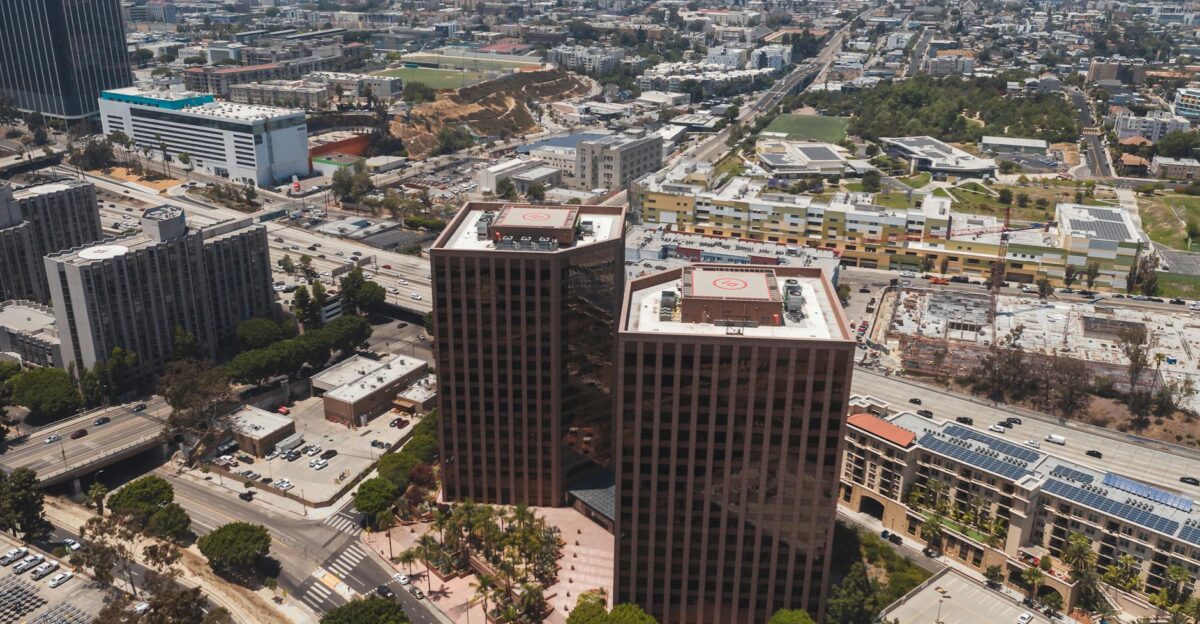
Innovation comes from necessity. Communities in Los Angeles are responding to hardship by establishing neighborhood buying groups, pop-up cooperatives, and mutual aid networks in order to meet local needs and avoid traditional retail markups. These unplanned experiments, which are frequently sparked by crises, have the potential to create new kinds of economic resilience, particularly in immigrant communities that have a history of ingenuity.
These technological and grassroots changes upend long-standing economic theories and encourage flexible, local economies. Policymakers can support inclusive recovery models and bottom-up resilience in Los Angeles and elsewhere by using frameworks derived from an understanding of these emergent systems.
Policy, Image, and the National Spotlight: The Impact of Ripples

The country pays attention when the Los Angeles economy falters. Los Angeles’ reputation as a premier location for talent, investors, and international events is weakened by ongoing unemployment problems and business pessimism. Crucially, the city’s policy decisions, such as those pertaining to business incentives, crime prevention, and wage ordinances, are now being closely examined, which could have an impact on how other large metro areas handle recovery.
In addition to increasing pressure, the international spotlight offers chances for creativity and urban renewal. It will be crucial to make strategic, open policies that strike a balance between growth and fair inclusion. The entire world is watching, and LA’s economic development may have an impact on national discussions about urban policy.
Conclusion

In conclusion, the rise in the unemployment rate and the decline in business confidence in Los Angeles are not temporary setbacks; instead, they represent a serious threat to the city’s reputation, consumer behavior, and future. Anticipate tighter wallets, shifting allegiances, and a more unpredictable ride for those working at the register and beyond.
However, both enterprise and policy can transform danger into renewal with a historical perspective and drastic adaptation. There is little doubt that the stakes are higher for both the city and its shoppers. LA’s future will be determined by proactive measures that incorporate social, psychological, and economic aspects.
